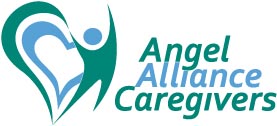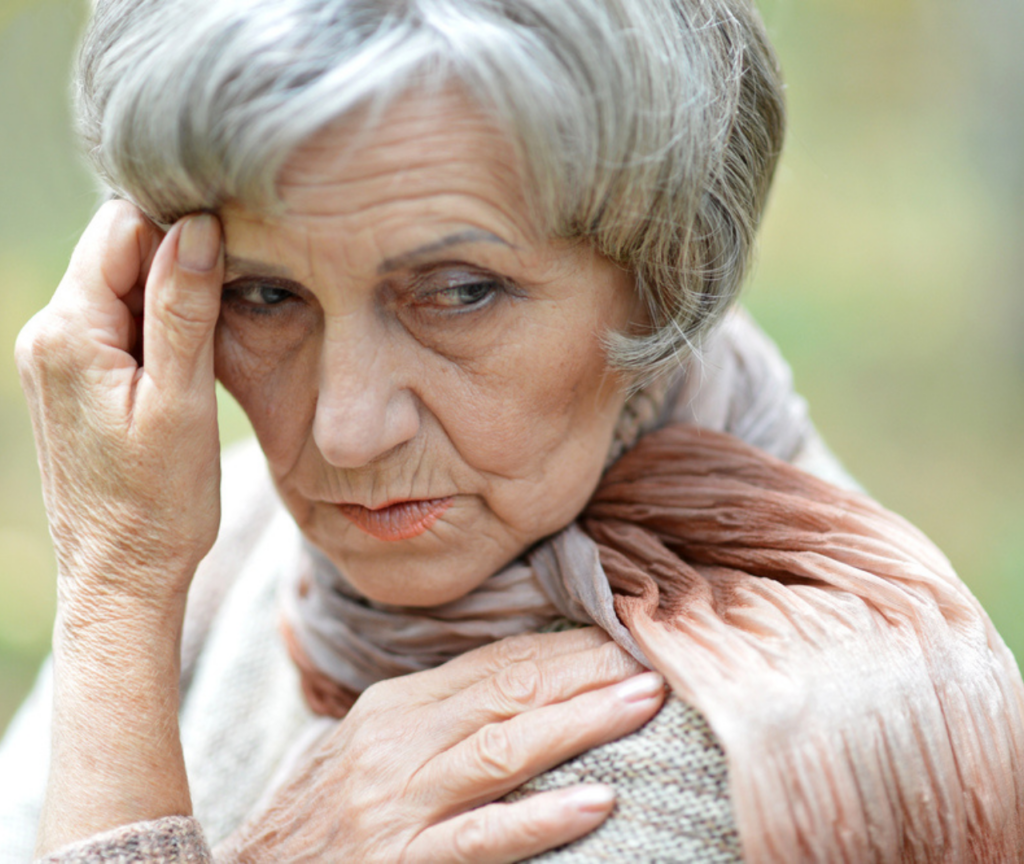Brain injuries, also known as traumatic brain injuries (TBIs), can have devastating consequences at any age, but they pose a particularly significant threat to seniors. Due to age-related physiological changes and increased vulnerability to falls, older adults are at a higher risk of sustaining brain injuries. These injuries can lead to a range of physical, cognitive, and emotional challenges, significantly impacting their quality of life and independence. This article aims to provide a comprehensive understanding of brain injuries in seniors, focusing on prevention strategies, recognizing symptoms, and outlining essential aspects of care.
Why Seniors are More Vulnerable to Brain Injuries:
Several factors contribute to the increased risk of brain injuries in older adults:
- Increased Risk of Falls:
Falls are the leading cause of TBIs in seniors. Age-related changes in balance, vision, and muscle strength, along with conditions like osteoporosis and arthritis, increase the likelihood of falls. - Thinning of the Skull: As we age, the skull naturally thins, offering less protection to the brain in the event of a head injury.
- Brain Shrinkage: The brain naturally shrinks with age, creating more space within the skull. This allows the brain to move more freely during a fall or impact, increasing the risk of tearing blood vessels and causing bleeding within the brain (subdural hematoma).
- Use of Blood Thinners: Many seniors take blood-thinning medications (anticoagulants) to manage conditions like atrial fibrillation. These medications can increase the risk of bleeding in the brain following a head injury, even a minor one.
- Cognitive Impairment: Conditions like dementia can impair judgment and coordination, increasing the risk of falls and other accidents.
Types of Brain Injuries in Seniors:
Brain injuries can be classified as either closed or open:
- Closed Head Injuries: These occur when the head is struck by an object or strikes a surface, but the skull remains intact. Examples include concussions, contusions (bruising of the brain), and diffuse axonal injury (damage to nerve fibers in the brain).
- Open Head Injuries: These occur when the skull is fractured, and the brain is exposed. These are less common in seniors but can result from severe falls or other traumatic events.
Common Symptoms of Brain Injuries in Seniors:
Recognizing the symptoms of a brain injury in a senior can be challenging, as some symptoms may be mistaken for normal age-related changes. It’s crucial to seek medical attention immediately if any of the following symptoms are observed after a fall or head trauma:
- Loss of consciousness (even briefly): Any loss of consciousness should be taken seriously.
- Headache (especially worsening headaches): Persistent or severe headaches can be a sign of a brain injury.
- Confusion or disorientation: Difficulty remembering events, people, or places.
- Dizziness or balance problems: Feeling unsteady or having difficulty walking.
- Nausea and vomiting: Especially repeated vomiting.
- Speech problems: Slurred speech or difficulty finding words.
- Vision problems: Blurred vision, double vision, or loss of vision.
- Memory problems: Difficulty remembering recent events.
- Changes in behavior or personality: Increased irritability, agitation, or apathy.
- Seizures: Uncontrolled muscle movements or loss of consciousness.
- Weakness or numbness on one side of the body: This can indicate damage to a specific area of the brain.
Prevention Strategies:
Preventing brain injuries in seniors is crucial. Several strategies can significantly reduce the risk:
- Fall Prevention: This is the most important aspect of brain injury prevention in seniors. This includes:
- Home Safety Modifications: Removing tripping hazards, installing grab bars in bathrooms, improving lighting, and securing rugs.
- Regular Exercise: Exercises that improve balance, strength, and coordination can reduce the risk of falls.
- Vision and Hearing Checks: Regular checkups can identify and correct vision and hearing problems that can contribute to falls.
- Medication Review: Reviewing medications with a doctor or pharmacist can identify medications that may cause dizziness or drowsiness.
- Use of Assistive Devices: Canes, walkers, and other assistive devices can improve stability and reduce the risk of falls.
- Wearing Protective Headgear: Wearing helmets during activities like cycling or skiing can help protect the head in the event of a fall.
- Driving Safety: Older adults should have regular vision and cognitive assessments to ensure they are still safe to drive.
Care and Rehabilitation:
The care and rehabilitation of seniors with brain injuries depend on the severity of the injury and the specific symptoms. Treatment may include:
- Emergency Medical Care: Immediate medical attention is crucial for severe brain injuries.
- Hospitalization: May be necessary for monitoring and treatment.
- Rehabilitation Therapy: Physical therapy, occupational therapy, and speech therapy can help seniors regain lost function and improve their independence.
- Cognitive Rehabilitation: Therapy designed to improve memory, attention, and other cognitive skills.
- Medication Management: To manage pain, headaches, and other symptoms.
- Support Groups and Counseling: Can provide emotional support for seniors and their families.
Conclusion:
Brain injuries pose a significant health risk to seniors, but many can be prevented through proactive measures. By understanding the risk factors, recognizing the symptoms, and implementing effective prevention strategies, families, caregivers, and healthcare professionals can play a crucial role in protecting seniors from these potentially devastating injuries. Prompt medical attention and appropriate rehabilitation are essential for maximizing recovery and improving the quality of life for seniors who have sustained brain injuries. By prioritizing prevention and providing comprehensive care, we can help ensure the safety and well-being of our aging population

